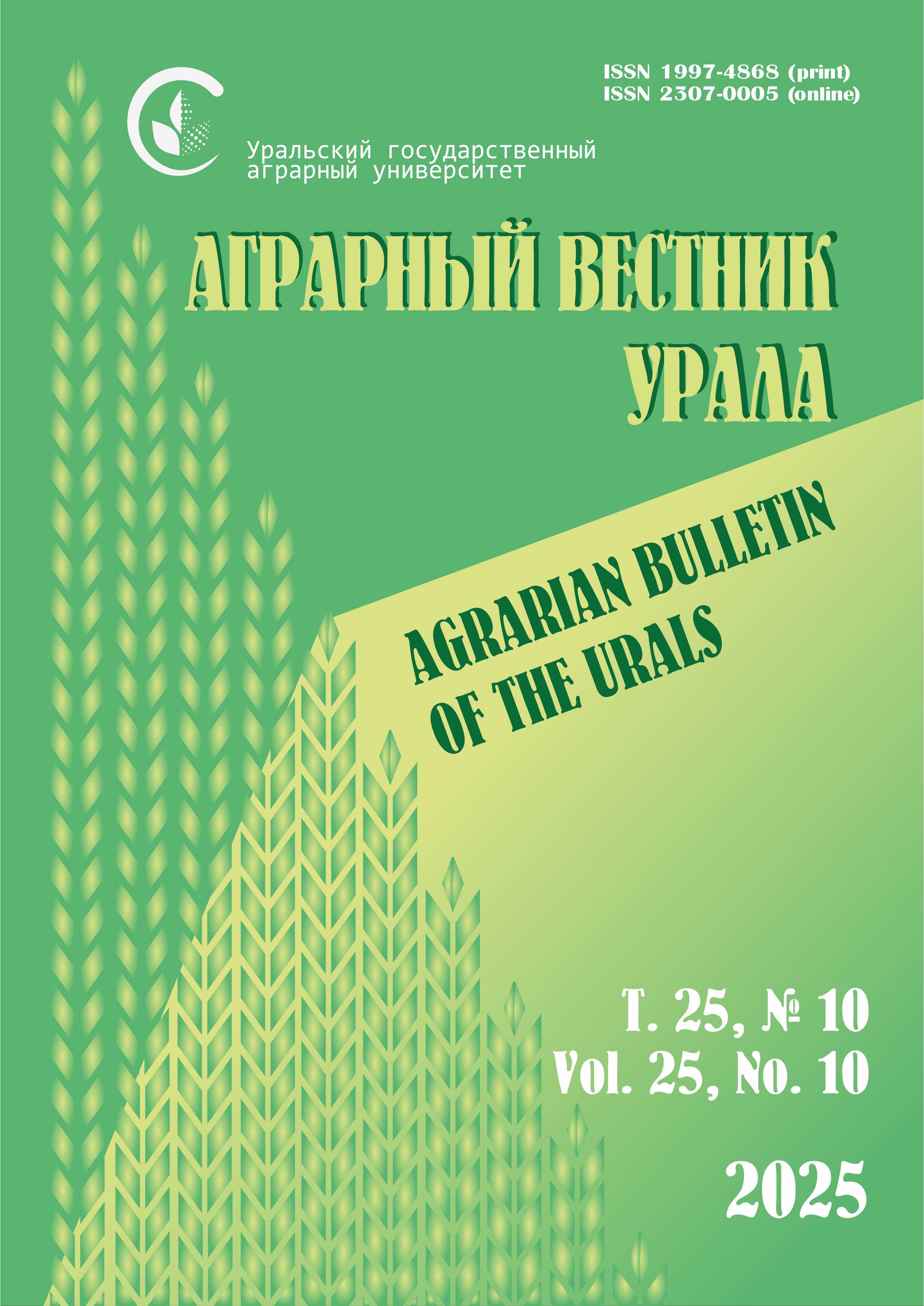Аuthor: A. V. ABRAMCHUK, candidate of biological sciences, professor, associate professor,
Ural State Agrarian University (42 K. Libknehta Str., 620075, Ekaterinburg; tel: +7 (343) 371-33-63)
Abstract: Hypericum perforatum is a valuable medicinal plants commonly used in folk and official medicine. Grass has versatile pharmacological properties. Most active substances are flavonoids, which prevent the stagnation of bile in the gall bladder and thereby reduce the risk of stone formation. Were noted by the author that anti-sclerotic effect and a positive effect of drugs on the blood for cancer. There is evidence that drugs have Hypericum P-vitamin activity, reduce capillary permeability, have strengthens capillary action. High demand for raw materials has led to the introduction of medicinal Hypericum perforatum in a culture that led to the study of various aspects of the technology of its cultivation. Study held in teaching and experimental farm “Uralets”, located in Beloyarski area, Sverdlovsk region. Bookmark the plantation was carried out May 25, 2013 seedling method: Planting seedlings in the ground carried out in wide. Planting scheme: row spacing — 35 cm, length — 20 cm in a row, and were repeated three times. The experimental setup consists of 4 options: 1 variant — Hypericum perforatum L. (control); 2 variant — Class Zolotodolinskaya; 3 variant — Aibolit; 4 variant — Class Solnechny. As a control, Hypericum perforatum is taken of the local population, whose seeds were collected in the vicinity of Farm “Uralets”. The comparative analysis of the three varieties of Hypericum perforatum showed that the studied varieties significantly differed in terms of the transition to the generative phase. Higher rates of different grade Aibolit. Phenological phases he advanced on 3–4 days earlier than grade Zolotodolinskaya and 10–11 days earlier than grade Solnechny. In 2013, the yield from solar grade was significantly lower than that in other embodiments. Most of the plant Hypericum was in the phases of vegetation, budding, which naturally had a nega- tive impact on the yield of medicinal raw materials, pretty high yield for the first year of life, provided Aibolit grade. Similar results were obtained in grades Zolotodolinskaya. Similar patterns were registered in the output of the air-dry matter: the best results provided a variety Aibolit where the maximum yield was obtained — 32.1 c/ha. In 2014, noted significant differences in the productivity of Hypericum perforatum. For plants in all the studied variants characterized by a significant increase in the rate of growth and development: early spring regrowth with, actively pass all phenological phases, increasing the generative and, consequently, an increase in productivity. Particularly dramatic changes have occurred in the embodiment where the cul- tivated variety Solnechny, whose yield, compared to 2013, increased by nearly 2-fold.
Keywords: Hypericum perforatum, varieties, Zolotodolinskaya, Aibolit, Solnechny, morphological characteristics, pheno- logical phases, biometrics, the output of medicinal raw materials, structure yields.












